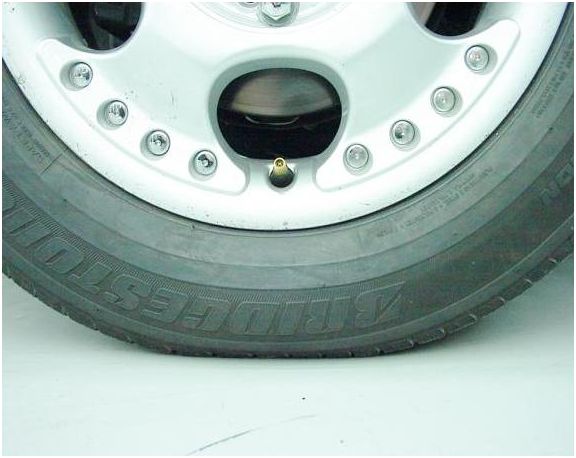
Romano Daniels, Bridgestone General Manager Marketing and Communications, said that a tyre was a highly complex piece of technology, manufactured to exacting standards. “Motorists expect tyres to continue performing at the same level they did when fitted as new to the vehicle, but this is largely dependant on correct maintenance,” he said.
Daniels said that a tyre was made up of many layers of rubber, steel and fabric. Any damage to the construction could cause the tyre to fail. He advised motorists to regularly check tyres for damage like embedded nails or sidewall cracks and to consult a tyre fitment centre if unsure. “Many motorists continue to drive despite such damage or a bulge on the sidewall. Sidewall bulges are very dangerous because they are a sign that the tyre has an internal cut, perhaps from a pothole, and is leaking air into the outer layers of the tyre,” he explained. “Such a tyre could burst at any time.”
He said that motorists should avoid the tyre coming into contact with petroleum-based contaminants, as these could soften the rubber used in its construction. “A weekly visual check of each tyre takes less than a minute in total, but could save you and your family a great deal of money, possibly even your lives,” he said. “Check for oil, grease, or brake fluid leaking onto the tyre, which will also give you early warning of other mechanical problems with your car. Check the tyre for damage, and also, in older tyres, ensure that the sidewall is not beginning to crack,” he added.
Daniels explained that as tyres age, the rubber is attacked by UV radiation in sunlight and the ozone in the atmosphere. This causes the rubber of the tyre to become less flexible and start cracking. “Even if there is still plenty of tread left on a tyre, if it’s older than seven years or so it will probably show evidence of age-related cracking. As the rubber hardens, traction is also reduced, meaning deteriorating roadholding and braking,” he added. “Tyres older than five to seven years should be replaced regardless of their tread depth,” he explained.
“Finally, check the tread surface for even wear and sufficient tread,” he advised. “All modern tyres are fitted with tread wear indicators. These are raised bumps in the grooves which are exposed when the tyre has worn to 1.6mm,” he explained. “Although a tyre is only illegal when there is less than 1mm of tread left anywhere on its surface, wet-weather roadholding starts to deteriorate with less than 3mm of tread left.”
He said that proper maintenance of tyres extends their service life and increases safety. “Factory faults on modern tyres are almost unheard of nowadays,” said Daniels. “The main cause of premature tyre failure is incorrect maintenance,” he concluded.
Bridgestone South Africa is a subsidiary of Bridgestone Corporation, headquartered in Tokyo and the world’s largest manufacturer of tyres and other rubber products. Bridgestone South Africa is an active participant in the global FIA/Bridgestone ‘Think Before You Drive’ and ‘Make Cars Green’ campaigns.
Also view: